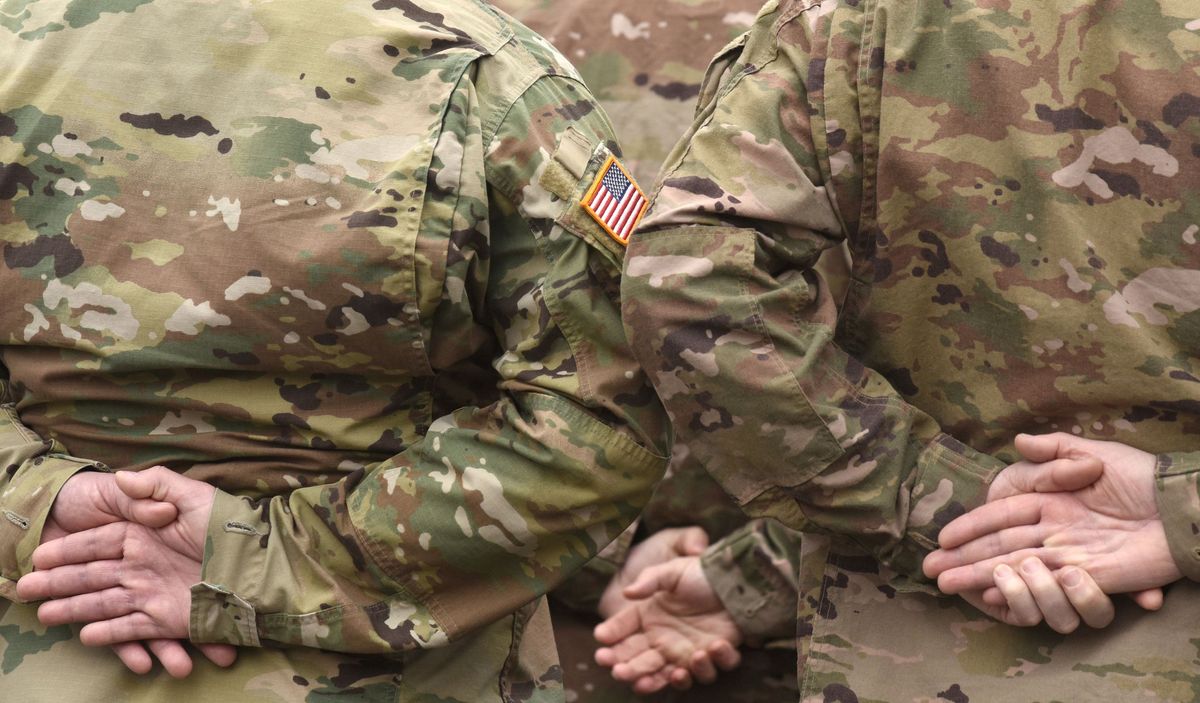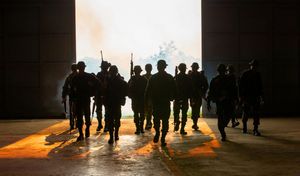The ASVAB, or the Armed Services Vocational Aptitude Battery, is a standardized test administered by the United States Department of Defense to assess the aptitude and potential of individuals seeking to join the U.S. military. The ASVAB is a comprehensive test that measures a wide range of cognitive abilities and knowledge areas, and it consists of multiple-choice questions that cover various subjects. In this blog, we will explore the details of the ASVAB and answer the question: "How many questions are on the ASVAB?"
The ASVAB is designed to evaluate an individual's abilities in four main areas: Verbal, Math, Science and Technical, and Spatial. Each of these areas is further divided into various subtests, and the number of questions in each subtest may vary.
Let's take a closer look at each area and the number of questions associated with it.
Verbal
The Verbal section of the ASVAB measures an individual's ability to understand and analyze written information. It includes subtests such as Word Knowledge, Paragraph Comprehension, and Sentence Completion. The Word Knowledge subtest assesses an individual's vocabulary by presenting multiple-choice questions that require selecting the correct definition of a given word.
The Paragraph Comprehension subtest evaluates reading comprehension skills through questions that test an individual's ability to understand and analyze written passages. The Sentence Completion subtest measures an individual's ability to complete sentences with the most appropriate word or phrase. The number of questions in each of these subtests may vary, but on average, there are about 10 to 15 questions in each subtest, with a total of approximately 35 to 40 questions in the Verbal section.
Math
The Math section of the ASVAB evaluates an individual's mathematical skills and knowledge. It includes subtests such as Arithmetic Reasoning and Mathematics Knowledge.
The Arithmetic Reasoning subtest measures an individual's ability to solve mathematical word problems, while the Mathematics Knowledge subtest assesses an individual's understanding of mathematical concepts and principles. The number of questions in the Arithmetic Reasoning subtest may vary, but on average, there are about 15 to 20 questions in this subtest.
The Mathematics Knowledge subtest typically consists of around 25 questions. Therefore, the total number of questions in the Math section of the ASVAB is approximately 40 to 45.
Science and Technical
The Science and Technical section of the ASVAB evaluates an individual's knowledge of scientific and technical concepts. It includes subtests such as General Science, Electronics Information, Auto and Shop Information, and Mechanical Comprehension.
The General Science subtest measures an individual's understanding of basic scientific principles, while the Electronics Information, Auto and Shop Information, and Mechanical Comprehension subtests assess an individual's knowledge of specific technical areas. The number of questions in each of these subtests may vary, but on average, there are about 10 to 15 questions in each subtest, with a total of approximately 40 to 45 questions in the Science and Technical section.
Spatial
The Spatial section of the ASVAB evaluates an individual's ability to visualize and manipulate objects in space. It includes subtests such as Assembling Objects and Verbal Analogies.
The Assembling Objects subtest measures an individual's ability to mentally assemble objects based on diagrams or blueprints, while the Verbal Analogies subtest assesses an individual's ability to identify relationships between words. The number of questions in each of these subtests may vary, but on average, there are about 10 to 15 questions in each subtest, with a total of approximately 20 to 30 questions in the Spatial section.
In addition to the four main areas mentioned above, the ASVAB may also include additional subtests depending on the version of the ASVAB that is being administered.
For example, the ASVAB-AFQT (Armed Forces Qualification Test), which is the most commonly used version of the ASVAB, includes a Composite Scores section that combines scores from different subtests to determine an individual's qualification for various military jobs. The Composite Scores section may include subtests such as Mechanical Comprehension, Coding Speed, and Electronics Information, among others, with varying numbers of questions in each subtest.
Overall, the total number of questions on the ASVAB may vary depending on the specific version of the test, as well as any additional subtests that may be included. On average, the total number of questions in the ASVAB can range from approximately 120 to 150 questions.
Each question on the ASVAB is worth one point, and the test is typically timed, with a specific time limit for each subtest. It's essential to manage your time effectively during the test to ensure that you have enough time to answer all the questions.
It's also worth noting that the ASVAB uses a computerized adaptive testing (CAT) format, which means that the difficulty level of the questions may change based on an individual's responses. If an individual answers a question correctly, the next question may be slightly more challenging, while an incorrect answer may result in a slightly easier question. This adaptive format allows the test to accurately assess an individual's abilities and provide a more precise measurement of their aptitude and potential.
Conclusion
In conclusion, the ASVAB is a comprehensive test that assesses an individual's aptitude and potential for military service. It includes multiple-choice questions covering various subjects such as Verbal, Math, Science and Technical, and Spatial, as well as additional subtests depending on the version of the test. The total number of questions on the ASVAB may vary, but on average, it can range from approximately 120 to 150 questions.
It's important to manage your time effectively during the test and familiarize yourself with the different subtests to be well-prepared for the ASVAB. If you are considering a career in the military, understanding the ASVAB and its question format is crucial to achieving a successful outcome on the test. Good luck!

Here are some FAQs (Frequently Asked Questions) related to the ASVAB:
How many questions are on the ASVAB?
The total number of questions on the ASVAB may vary depending on the specific version of the test and any additional subtests included. On average, the ASVAB can have approximately 120 to 150 questions.
What subjects are covered in the ASVAB questions?
The ASVAB questions cover a wide range of subjects, including Verbal, Math, Science and Technical, and Spatial. The specific subjects and their weightage may vary depending on the version of the ASVAB being administered.
Are there additional subtests on the ASVAB?
Yes, depending on the version of the ASVAB being administered, there may be additional subtests. For example, the ASVAB-AFQT (Armed Forces Qualification Test) includes a Composite Scores section that combines scores from different subtests, such as Mechanical Comprehension, Coding Speed, and Electronics Information, among others.
How much time do I have to answer the ASVAB questions?
The ASVAB is a timed test, with specific time limits for each subtest. The time allotted for each subtest may vary, and it's crucial to manage your time effectively during the test to ensure you have enough time to answer all the questions.
Is the ASVAB a computerized adaptive test (CAT)?
Yes, the ASVAB uses a computerized adaptive testing (CAT) format, which means that the difficulty level of the questions may change based on an individual's responses. Correct answers may result in slightly more challenging questions, while incorrect answers may lead to slightly easier questions.






